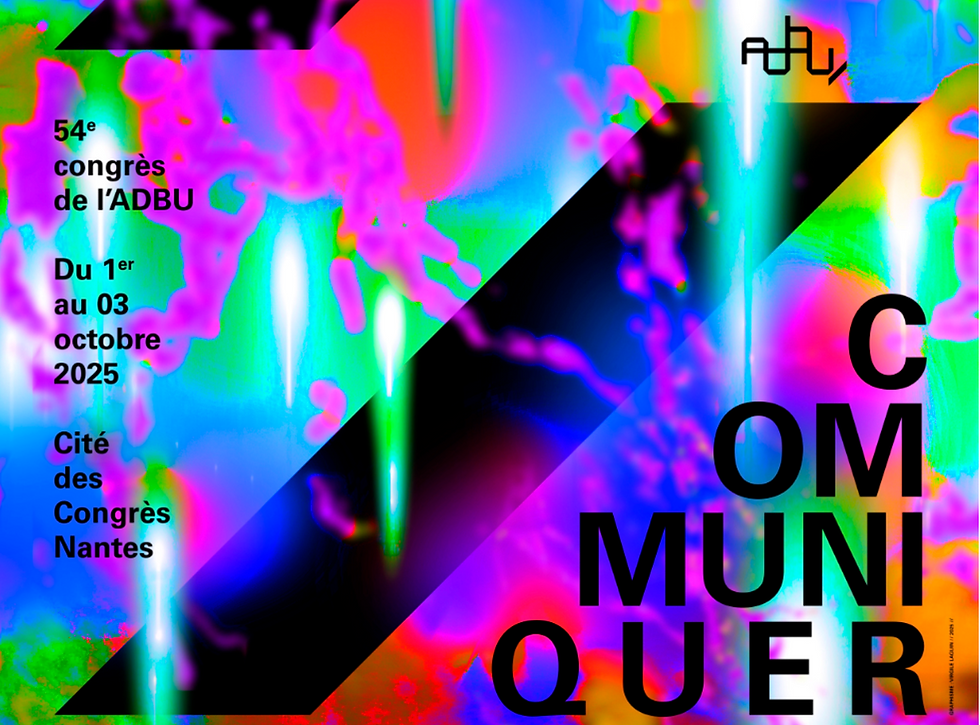Why are occupancy and waiting high value-added factors for places open to the public?
- Affluences

- Mar 21, 2023
- 4 min read
Updated: Jul 18
Who has never wondered, going somewhere: will there be many people? How long will I wait in the queue? Measuring the number of visitors and, above all, communicating this data has become essential in our daily life.
Visitor flow: what is at stake for institutions?
Visitor flow states the arrival or presence of many people in the same place. Managing and optimising flows within overcrowded areas, such as in stores on a Saturday or in transport during peak hours, is the daily lot of a large number of places that welcome the public.
While this information did not appear anywhere a few years ago, it is now visible on the web. This information seems simple and yet is often empirical: the actual waiting time and the perception that one has are often different. Visitors tend to amplify it by 36%!
Places open to the public are often faced with attendance levels and waiting times that are sometimes incompressible: they are therefore more than takers of solutions for counting people, precisely making it possible to anticipate attendance, to improve the perception of waiting and thus the quality of the service provided.
Whatever the place receiving the public, the occupancy rate and the waiting time are information necessary for a good visit experience. The transparency and communication of this information makes it possible to reassure visitors and reduce their stress. Just as we always look at the times, the weather or even the route to a place, the attendance indicator becomes a key factor in the decision to travel. This phenomenon has intensified with the health crisis linked to COVID-19.
Measure attendance in real time to smooth customer flows
Crowds measurement is a high-potential data, but how can it be obtained? It is necessary to first install a person counting system in the establishment: counting camera, infrared or AI meter, WiFi meter, counting application, etc. These devices are capable of measuring attendance in real time at different levels of accuracy depending on the technology chosen. They will record and report attendance indicators and you will thus be able to know the number of people present at time T, analyse attendance and smooth your customer flows over the day.
Plan for crowds to optimise the overall organisation of the establishment
Knowing traffic information in real time is good, but knowing it in a predictive way over a whole day or a week is even better! Indeed, forecasts of affluence can also be calculated using predictive analysis algorithms taking into account several factors: the history of the data of course but also the weather, the school calendar, etc.
You will have the opportunity to know how many people there will be in your facility during the day or week. You will know in advance the periods of high and low traffic. A valuable piece of data that will enable you to anticipate and thus optimise your organisation.
For example, increase the number of staff on the busiest days or try to attract more customers during off-peak periods by offering a special event, promotion or event!
Communicate the crowds to improve the customer experience
Keeping traffic information only internally will already help you a lot, but you have every interest in communicating it to your audience! In fact, if your customers are informed in advance of the real and forecast traffic of the place in which they want to go, they will be more relaxed and will be able to optimise their time. Once they arrive, they will already know what to expect and will not be surprised!
By communicating crowds, you reduce customer effort, increase the customer experience and therefore improve visitor satisfaction thanks to better knowledge of flows.
Exploit and control these attendance indicators for improved management of the site
All these indicators are obtained by the metering device chosen in advance. Some suppliers make them available to their customers via a dedicated platform so that they can manage their establishment as well as possible. You can therefore consult them at any time, analyse them, interpret them and thus draw conclusions from them in order to improve the reception of your visitors.
For example, you can analyse the occupancy according to the time and thus adjust your opening hours. The analysis of this data will be of great help and will also allow you to monitor generally. In this way, you will benefit from a better knowledge of your customers, you will better understand their behaviours and you will implement actions based on these data!
But the management of crowds does not stop at its own pace, setting up an online booking system can also be very effective. By allowing your customers to book slots, spaces, seats, equipment or even events, the coming turnout will no longer be a surprise for you and you will become an absolute expert in its management. You now have all the cards in your hand: it’s up to you!



